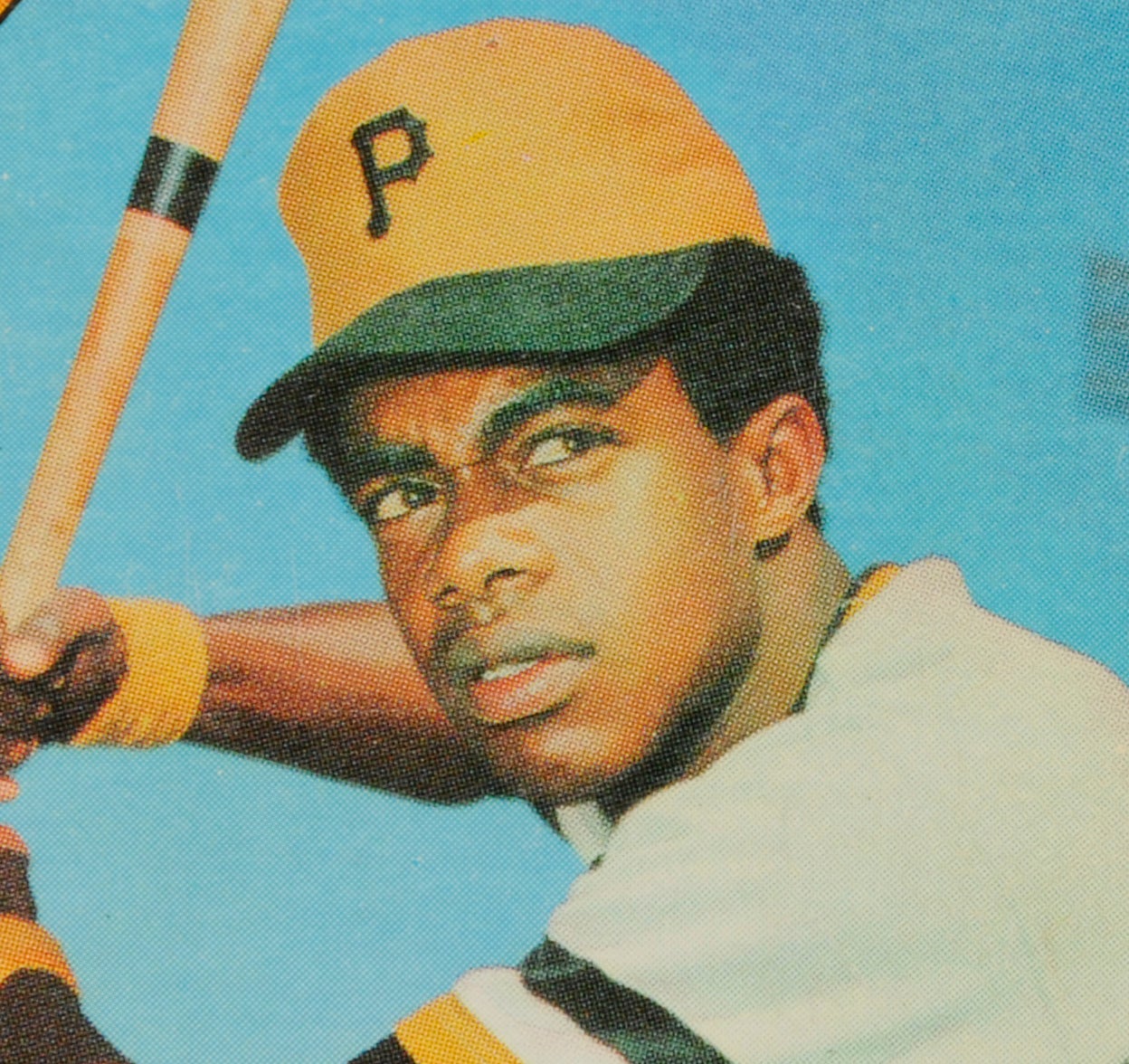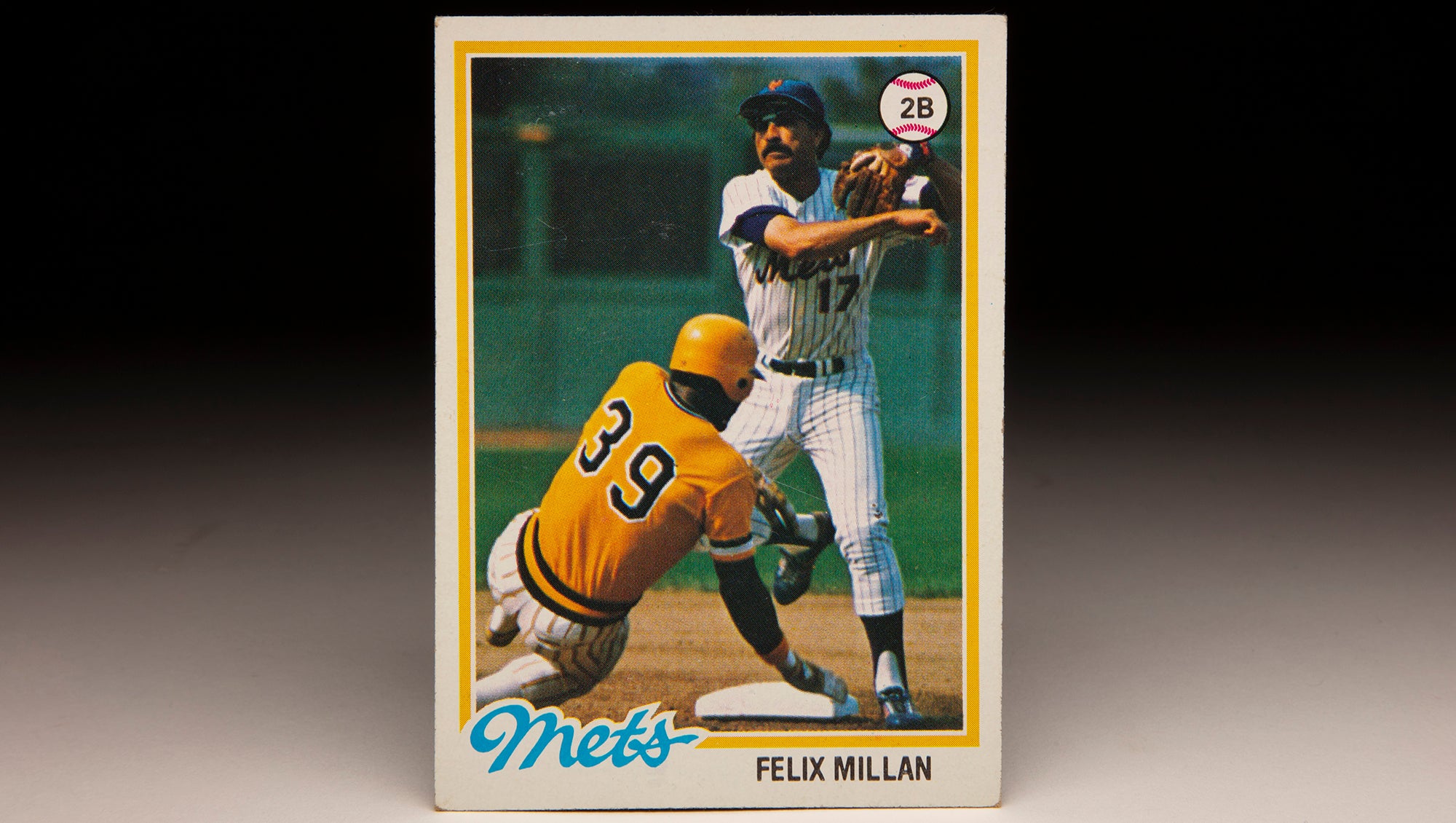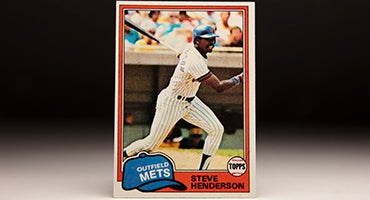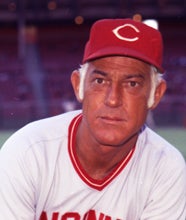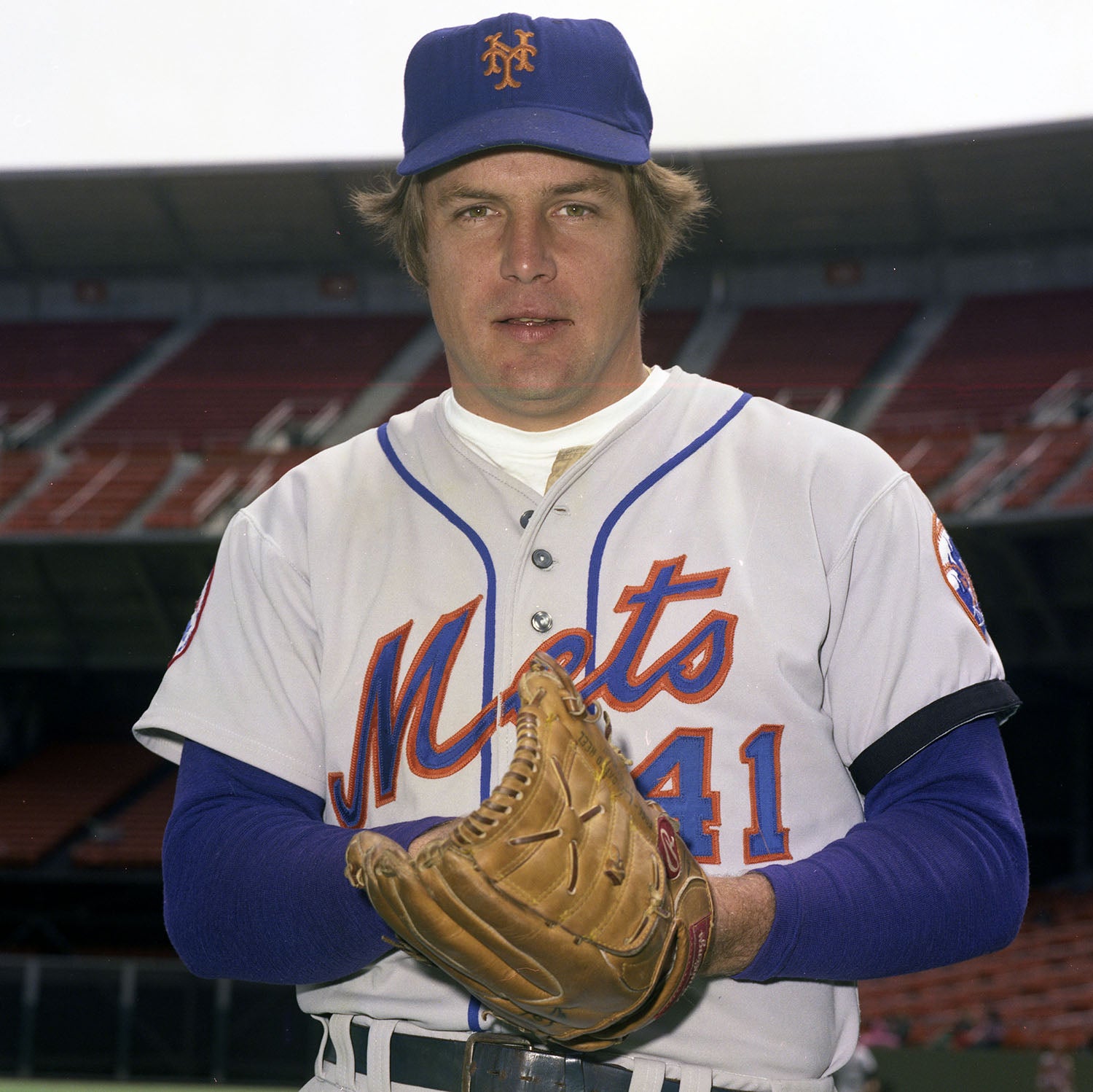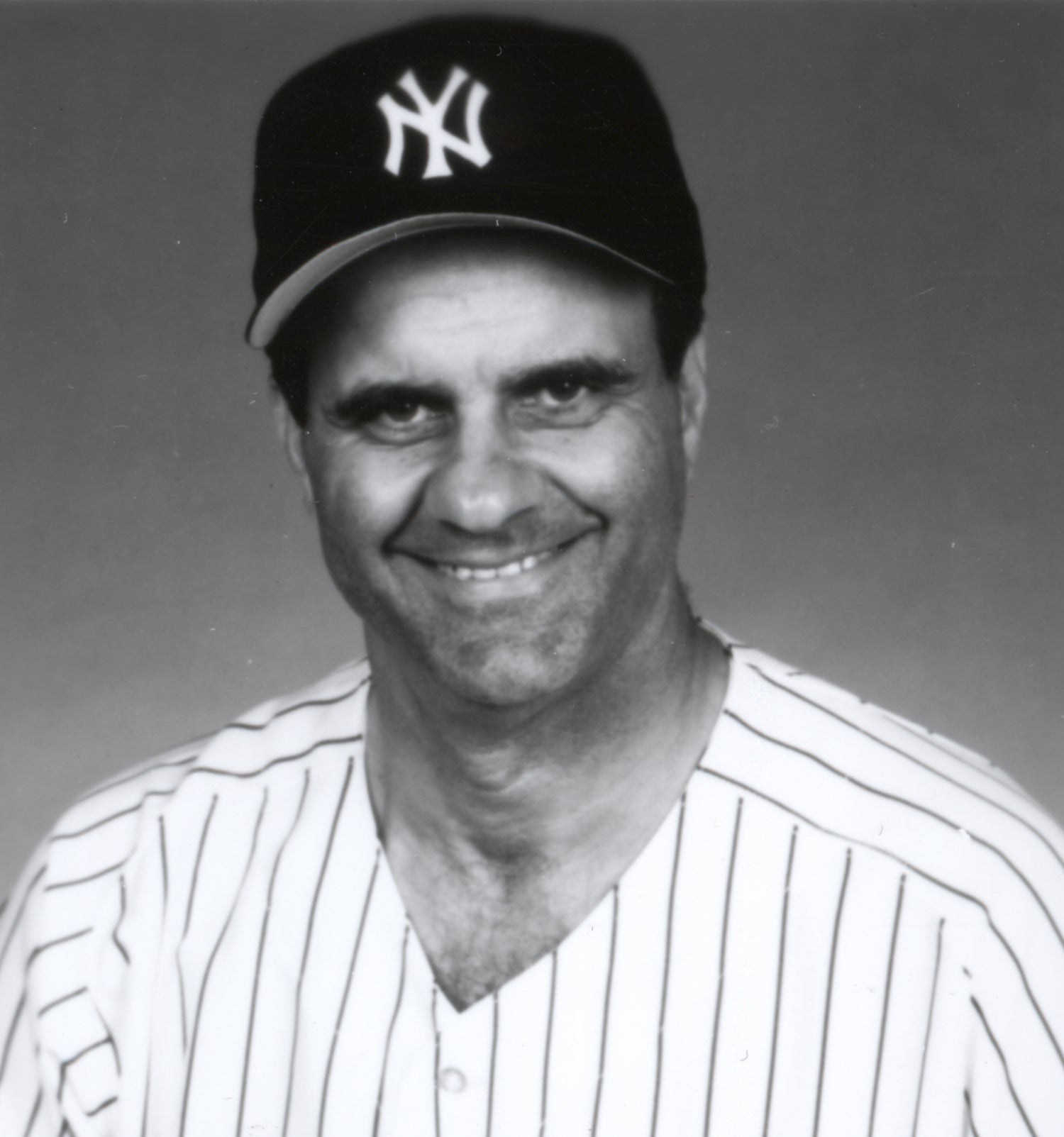- Home
- Our Stories
- #CardCorner: 1982 Donruss Doug Flynn
#CardCorner: 1982 Donruss Doug Flynn
A Gold Glove Award winner at second base and a two-time World Series winner with the Reds, Doug Flynn turned a chance at a tryout camp into an 11-year big league career.
Flynn also has the distinction of having the lowest Wins Above Replacement figure (minus 6.9) of any player with at least 1,000 big league games. But to call Flynn’s career anything less than a success would be heresy to the managers, coaches and players who regarded Flynn as one of the best second basemen they had ever seen.
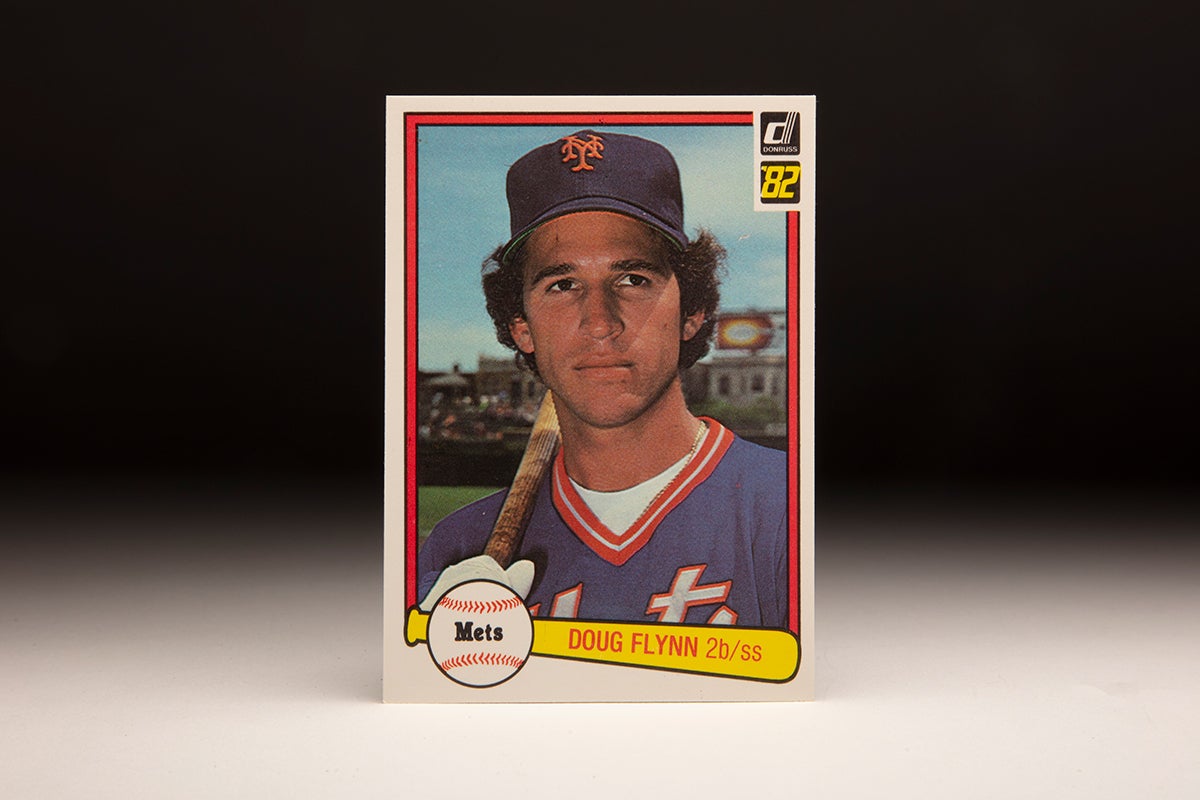
Robert Douglas Flynn was born April 18, 1951, in Lexington, Ky. His father was a Kentucky state senator, and Flynn graduated from the city’s Bryan Station High School in 1969, earning All-City honors in basketball (averaging 12 points per game) while playing second and shortstop on the baseball team and hitting .320. He committed to Franklin College in Indiana but soon received an offer to play both basketball and baseball at the University of Kentucky in his hometown.
Flynn played for the University of Kentucky’s freshman team, the Kentucky Kittens, in 1969-70 under coach Joe B. Hall, who would become Kentucky’s head coach in 1972 after taking over for the legendary Adolph Rupp. Freshmen were ineligible to play NCAA varsity basketball in those days, and Flynn was regarded as one of the Kittens’ best shooters and served as the team’s point guard. But he found himself struggling academically. Then in the spring, he played only sparingly for the baseball team.
“I went to bat nine times,” Flynn told the Louisville Courier-Journal in 1975. “I asked my coach if I could get a chance at shortstop because the shortstop was making errors and batting only .150 or so. The coach said the other guy had better range and a better arm, so I sat on the bench and got mad.”
Flynn withdrew from Kentucky after his freshman year, played amateur softball and baseball that summer and then enrolled at Somerset (Ky.) Junior College to try to get his grades in shape and eventually return to Kentucky. But in the summer of 1971, friends convinced him to attend a Reds tryout camp.
“The people running the camp asked me to come to another tryout camp a week later in Frankfort,” Flynn told the Courier-Journal. “That one was a two-day camp and I could only stay for one day because I had to be back at school for a test. I thought I looked pretty good, but I didn’t hear anything for a couple weeks. Then I got a call asking me to come to Riverfront (Stadium) for a workout.
“After that workout, they asked what it would take it sign me. I told them: ‘Just an opportunity.’”
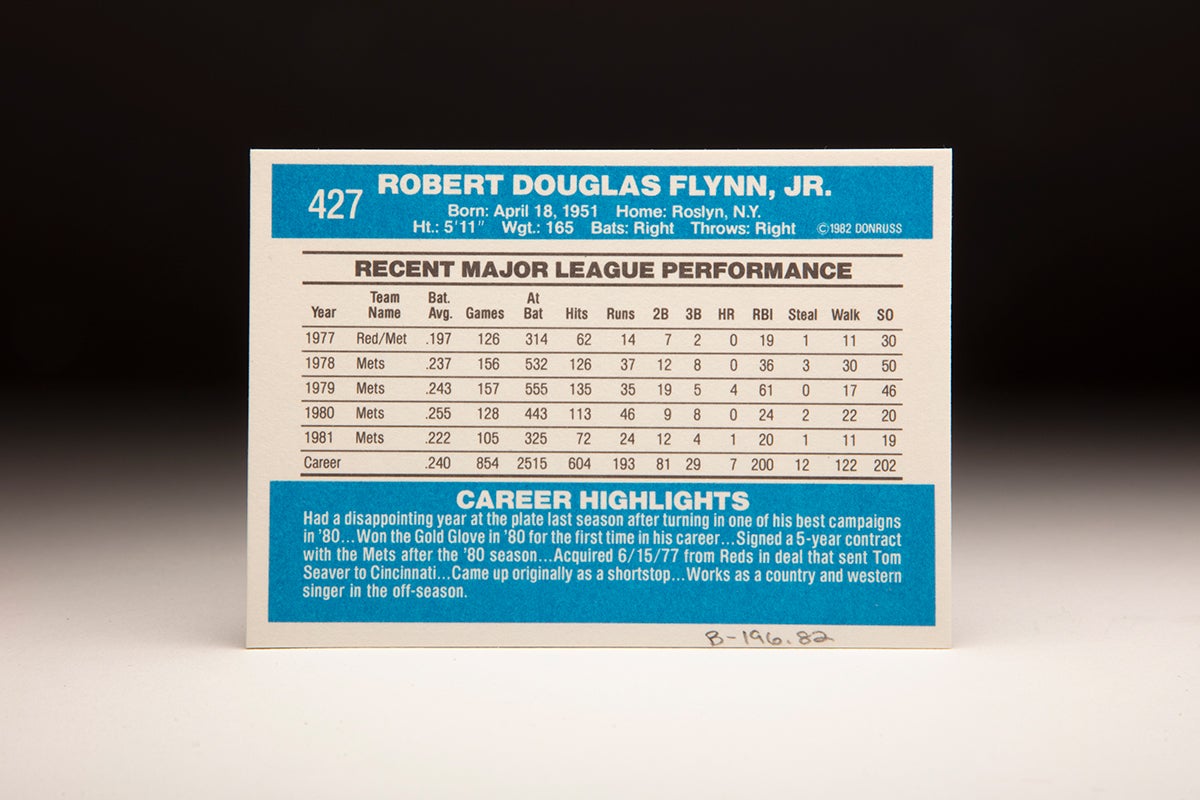
Flynn signed with the Reds on Aug. 25, 1971, and was expected to spend the 1972 season in rookie ball. But when the third baseman for Tampa of the Class A Florida State League was injured, the Reds asked Flynn if he could play third base. Even though he had limited experience at the position, Flynn took the challenge and batted .211 in 98 games.
“I wasn’t playing much, so I went to the manager, Russ Nixon, and said: ‘If I’m no good, I wish you would tell me because I don’t want to be wasting my time,’” Flynn said.
“He said: ‘Son, you’re not wasting your time. Next year, you’ll be playing every day, somewhere.’”
Nixon, who would go on to manage the Reds and Braves, proved correct as Flynn was assigned to Trois-Rivieres of the Double-A Eastern League in 1973. He hit .258 in 139 games – all at shortstop. He made the EL All-Star team and led all league shortstops in assists, putouts and double plays.
A non-roster invitee to Spring Training in 1974, Flynn was sent to the Reds minor league camp on March 25. He was eventually assigned to Triple-A Indianapolis, where he hit .253 in 134 games, again all at shortstop.
Then in 1975, the Reds brought him back to Spring Training with a promise that he’d compete for the starting third base position. But the team had brought in John Vukovich via a trade after the 1974 campaign, and Vukovich won the Opening Day job. But when Flynn hit .356 in the Grapefruit League season, the Reds decided to keep him on the roster as a reserve infielder.
“After the first three or four days (of Spring Training), I was kind of out of the picture,” Flynn told the Courier-Journal about losing the job to Vukovich. “But then I started hitting the ball and got back into the picture. I ended up leading the team in hits for the exhibition games. It was by far the best spring I ever had.”

Flynn made his big league debut in the second game of the season, entering the April 9 game against the Dodgers as a late-inning defensive replacement at shortstop. He got his first hit the next day against Los Angeles while starting at short and continued to see regular action throughout the month.
Meanwhile, Vukovich was struggling at the plate, prompting Reds manager Sparky Anderson to move Pete Rose to third base on May 3. Speculation abounded that Flynn would soon be sent back to Triple-A, but after a couple weeks the Reds decided to send down Vukovich and keep Flynn.
“Flynn can play more positions,” Anderson said.
Flynn would give Joe Morgan, Dave Concepción and Rose regular rest at second base, shortstop and third base, respectively, during the second half of the season, batting .268 with a home run and 20 RBI over 90 games. He worked tirelessly with hitting coach Ted Kluszewski to shorten his stroke and hit the ball on the ground.
“I’ve worked with Doug a lot the last two years in Spring Training,” Kluszewski told the Courier-Journal. “He has to hit the ball down. When he hits the ball in the air…he’s in trouble.”
Flynn helped the Reds win 108 games but did not see any action in the three-game sweep of the Pirates in the NLCS or the memorable seven-game win over the Red Sox in the World Series. Nonetheless, Flynn was a key member of the team and coveted by general managers around baseball.
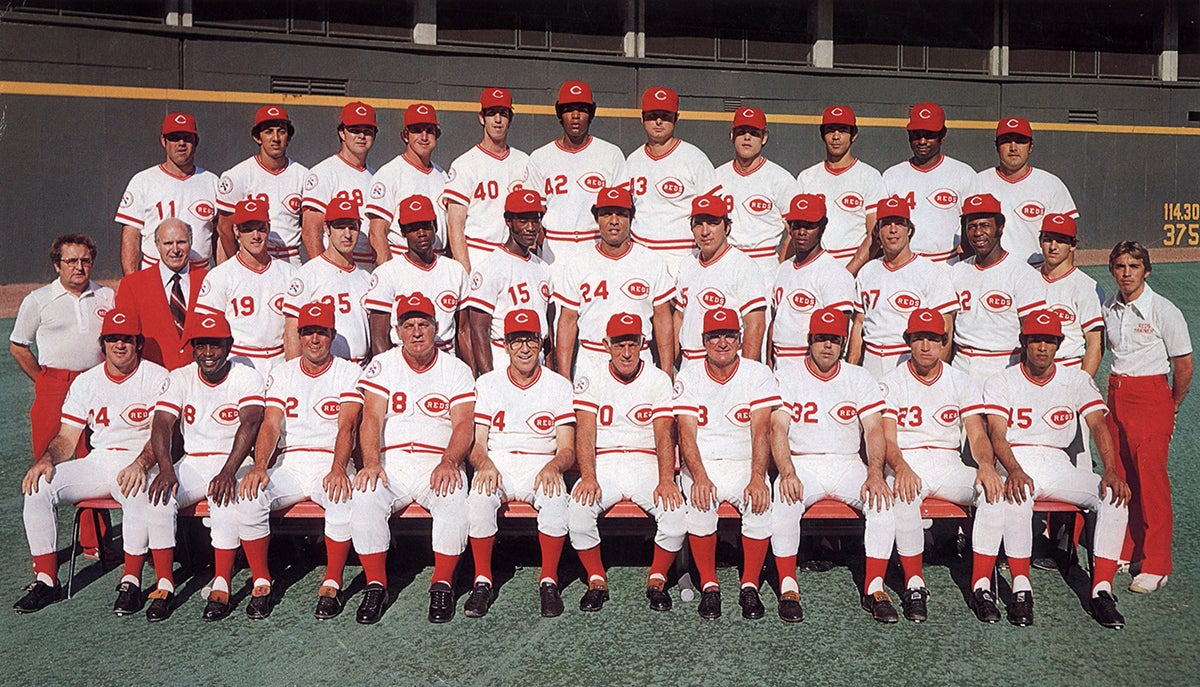
And he earned respect from former minor league teammates who didn’t think he’d reach the majors like Gary Polczynski, the Reds’ No. 1 draft pick (15th overall) in 1970 who was Flynn’s teammate in Tampa and Trois-Rivieres.
“Gary (wrote me a letter) and said it was hard to believe I was up here, but he was really happy for me,” Flynn told the Lexington Herald-Leader in 1976 when Polczynski was out of the game. “A lot of guys ahead of me were always talking about what they’d do when they got to the big leagues. I listened to them back then. Now here I am up here today. It’s something, isn’t it?”
Flynn reprised his role as a utility infielder in 1976, playing in 10 straight games in mid-June when Morgan was injured and batting .351 in that stretch.
“As far as I’m concerned,” Anderson told the Lexington Herald-Leader, “Doug Flynn is the best utility infielder in baseball.”
He appeared in 93 games that year as the Reds steamrolled to another National League West title and through the postseason, sweeping the Phillies in the NLCS and the Yankees in the World Series. Flynn hit .283 during the regular season and appeared in one postseason game: Entering Game 1 of the NLCS in the ninth inning as a defensive replacement for Morgan at second base. It would be the only postseason game of Flynn’s career.
In 1977, Flynn was handling his usual utility role – batting .250 in 36 games – when his world was turned upside down via one of the most famous trades in history. On June 15, the Reds sent Flynn, Steve Henderson, Dan Norman and Pat Zachry to the Mets for future Hall of Famer Tom Seaver.
“I’m glad,” Flynn told United Press International, “to be going to a place where I can play every day.”
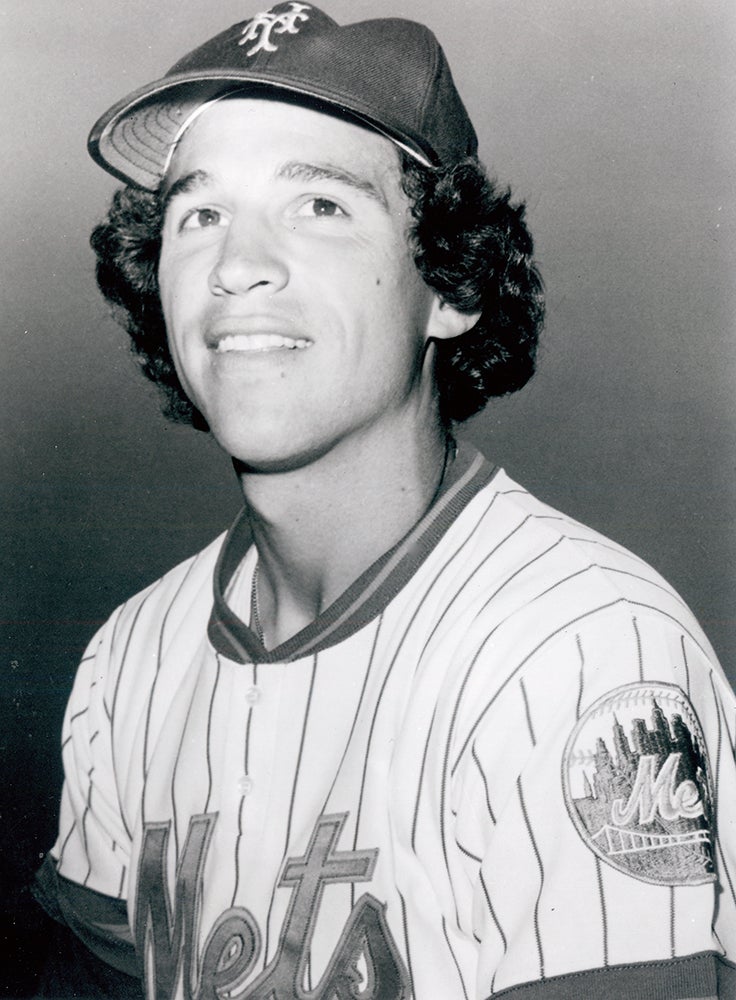
The Mets were rebuilding while enduring a 98-loss season. Flynn spent about a month at shortstop from mid-July to mid-August before veteran second baseman Félix Millán was sidelined for the season after being body slammed during a fight with Pirates baserunner Ed Ott on Aug. 12 in Pittsburgh. Flynn handled the second base duties for a few weeks before moving back to shortstop for the rest of the year, hitting .191 in 90 games with New York.
Flynn’s tough season was exacerbated by a family tragedy when his sister, Melanie, went missing on Jan. 26, 1977. The case remains unsolved.
“I went home this winter and my family and I talked about it,” Flynn told the Tampa Tribune in the spring of 1978. “It used to be when people talked about it, I couldn’t handle it and I just walked away. (The media) were playing it up. I had a bad year and it did bother me, but I didn’t like to say that it was an excuse.”
Flynn rededicated himself to baseball in 1978 and won the starting second base job for the Mets, making his first Opening Day start on April 7.
“Defensively, he could be the best there is,” Mets manager Joe Torre told the Tampa Tribune about Flynn. “And I feel that he will hit .260 eventually.”
Flynn played 126 games at second base in 1978 and 61 more at shortstop, handling a total of 773 chances while making just 15 errors. He hit .237 over 156 total games, scoring 37 runs and driving in another 36 for a Mets team that lost 96 games. Defensively, he led all NL second basemen in fielding percentage until the final day of the season, when two errors dropped his average to .9856, giving Montreal’s Dave Cash the title with a mark of .9858.

In 1979, Flynn played in 157 games, leading NL second basemen in putouts (369) and double plays (98) while finishing second in assists with 380, just four behind league-leader Davey Lopes. He was third in fielding percentage with a .983 mark, and Flynn improved at the plate, hitting .243 and driving in 61 runs on a Mets team that lost 99 games.
“He’s the best second baseman I’ve ever seen,” Torre told the Associated Press. “Better than Bill Mazeroski because Doug has a better arm.”
The Mets looked to be on the rise in 1980 and were 56-57 through Aug. 13. The week before, Flynn won NL Player of the Week honors after a seven-game stretch that saw him hit .444 with three triples. But on Aug. 19, Flynn fractured his right wrist in a baserunning incident against the Giants. The only Mets player to start every game of the season to that point, Flynn missed the next month – and New York went 6-21 in that span, which included a 13-game losing streak.
Flynn finished the year batting .255 in 128 games and committed only six errors while leading NL second basemen with a .991 fielding percentage. After missing out on the Gold Glove Award in both 1978 and 1979, Flynn earned the honor in 1980.
“I guess the reason I haven’t had more recognition is because I don’t hit for a high average and we weren’t winning,” Flynn told UPI in 1980. “But getting recognition has never been something I’ve been used to. I’ve never been an outstanding player. But I would enjoy recognition if I got it, the same way anyone else would.”
On March 16, 1981 – following protracted negotiations that centered on “good citizenship” language in the standard player contract – the Mets signed Flynn to a five-year deal worth a reported $2 million that was set to begin in 1982.
“He wanted something I had never seen,” Mets general manager Frank Cashen told the AP. “I felt it diminished from the contract we had agreed to with the Players Association.
“It was a guarantee of things we had agreed to with other players. He agreed to accept the (good citizenship) clause. I think he was anxious to sign.”

But Flynn’s days with the Mets were coming to an end. After hitting .222 in 105 games in the strike-shortened 1981 season – and finishing fifth among NL second basemen with a .987 fielding percentage – Flynn was traded to the Texas Rangers on Dec. 11, 1981, along with pitcher Dan Boitano in exchange for pitcher Jim Kern.
On paper, the trade created a bottleneck at second base due to the presence of Bump Wills, who had been the Rangers’ starting second baseman for five seasons.
“It’s kind of a good position to be in with an excess of middle infielders,” Rangers general manager Eddie Robinson told the AP after the trade. “Wills would have to be considered No. 1 now, but I understand Flynn can also play shortstop.”
But when Wills was dealt to the Cubs on March 26, 1982, Flynn became the undisputed starter at second base for Texas. However, he struggled adjusting to the American League and was hitting .211 with just eight extra-base hits in 88 games when the Rangers sold his contract to Montreal for $40,000 on Aug. 2.
Flynn fared better with the Expos, hitting .244 in 58 games while driving in 20 runs, one more than he did in 30 more contests with the Rangers. He finished the year batting .225 in a combined 146 games and made just eight errors at second base all year. His defensive reputation was strong enough to earn one vote on the AP All-Star team following the season.
Flynn was the Expos’ starter at second base on Opening Day in 1983 and appeared in 143 games that season – mostly at second – while hitting .237. He moved to a bench role at the start of 1984 when prospect Bryan Little took over at second base, but by the second half of the season Flynn had reclaimed the starting job. He hit .243 in 124 games that year – a campaign that would prove to be his final season as a regular in the big leagues.

After appearing in just nine games for Montreal in 1985, the Expos released Flynn on June 11. Nine days later, he signed with the defending World Series champion Detroit Tigers, who were managed by Flynn’s former Reds skipper Sparky Anderson. He played in 32 games off the bench for Detroit, hitting .255.
The Tigers brought Flynn back in Spring Training in 1986 to compete for a bench job. But on March 18, the Tigers released Flynn, ending his career.
“I would have loved to play baseball for another year or two,” Flynn told the Cincinnati Enquirer in August of 1986 when returned to his roots to play softball for a team in Lexington. “I went to Spring Training in good shape, I was hitting the ball well…then Sparky called me into his office and said: ‘We are going with a younger kid.’ The younger kid stayed a week and then they got rid of him. They just didn’t want me.”
Flynn finished his 11-year big league career with a .238 batting average in 1,309 games. Defensively, his .9861 fielding percentage ranks in the Top 40 all-time among second basemen. And though his career OPS of .560 places him in the bottom five among all Expansion Era (post 1960) players with at least 1,000 games played, Doug Flynn is remembered by many as one of the top second basemen of his time.
“For me being in the majors, I can hardly express how I feel,” Flynn said during his rookie season in 1975. “It’s not something I ever dreamed about because I never thought it could happen.”
Craig Muder is the director of communications for the National Baseball Hall of Fame and Museum


